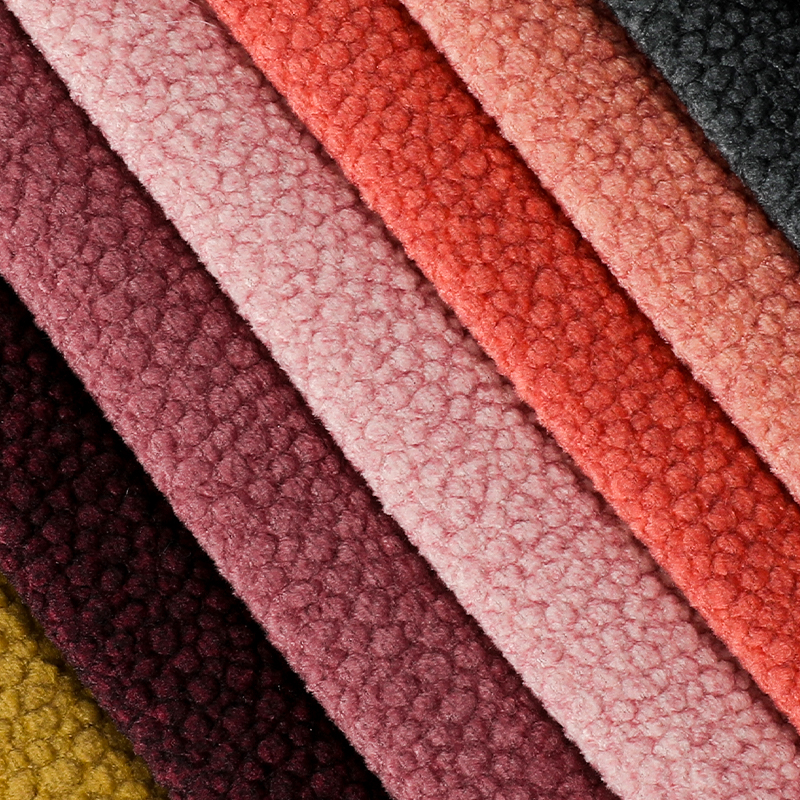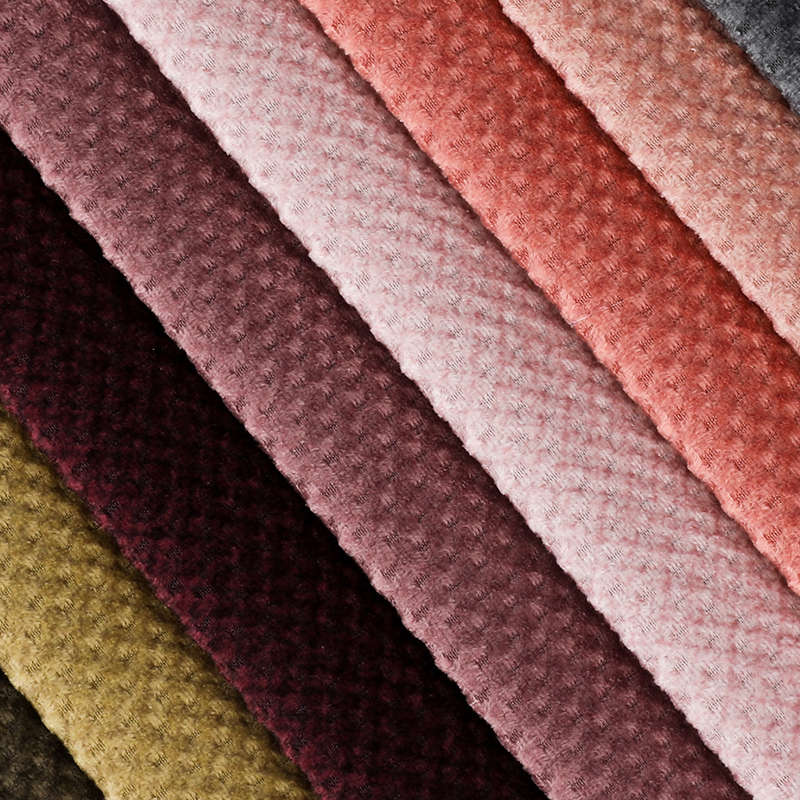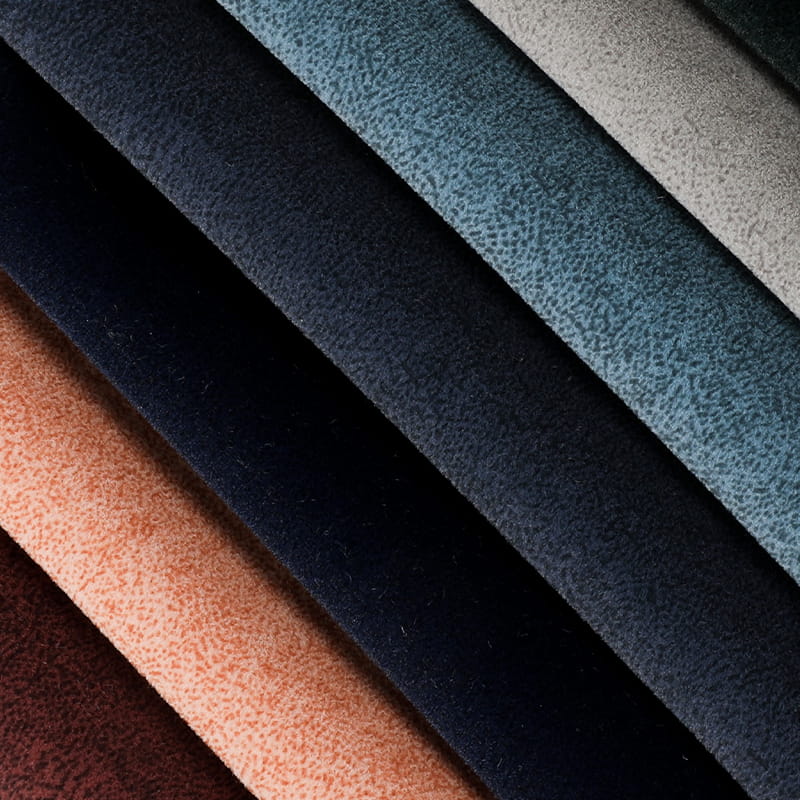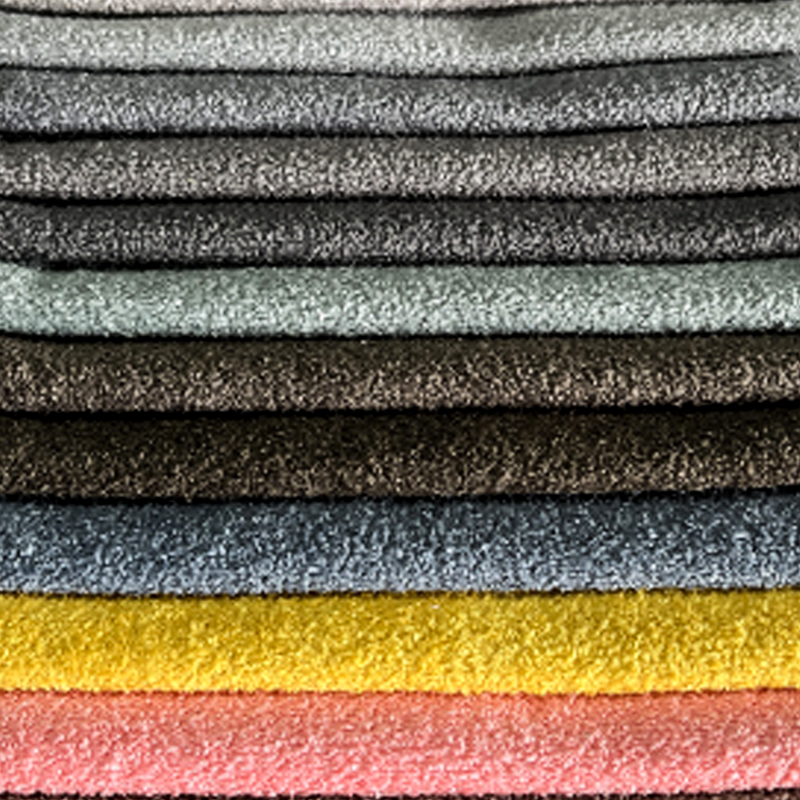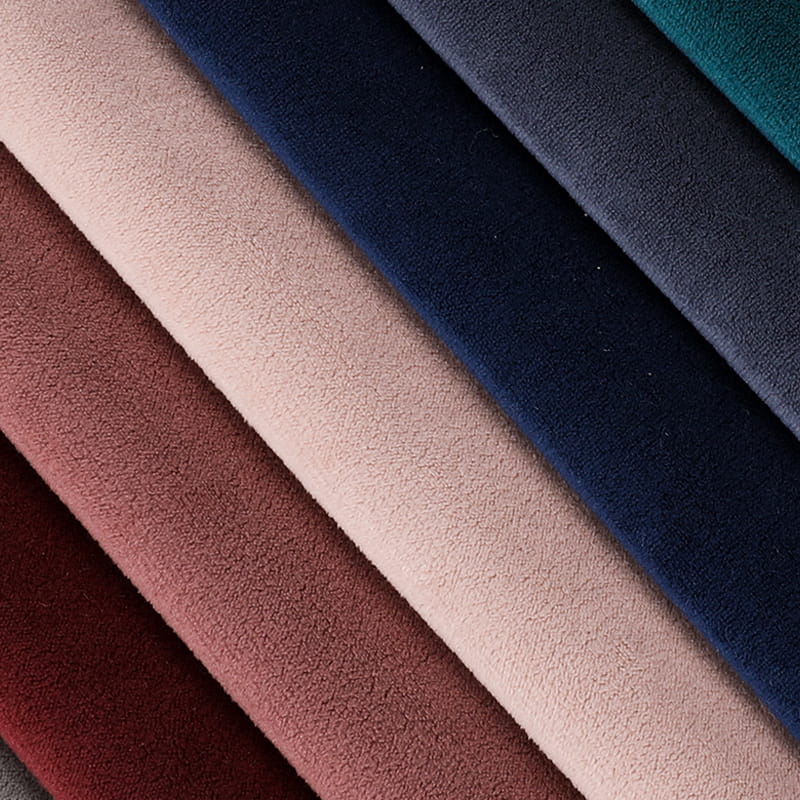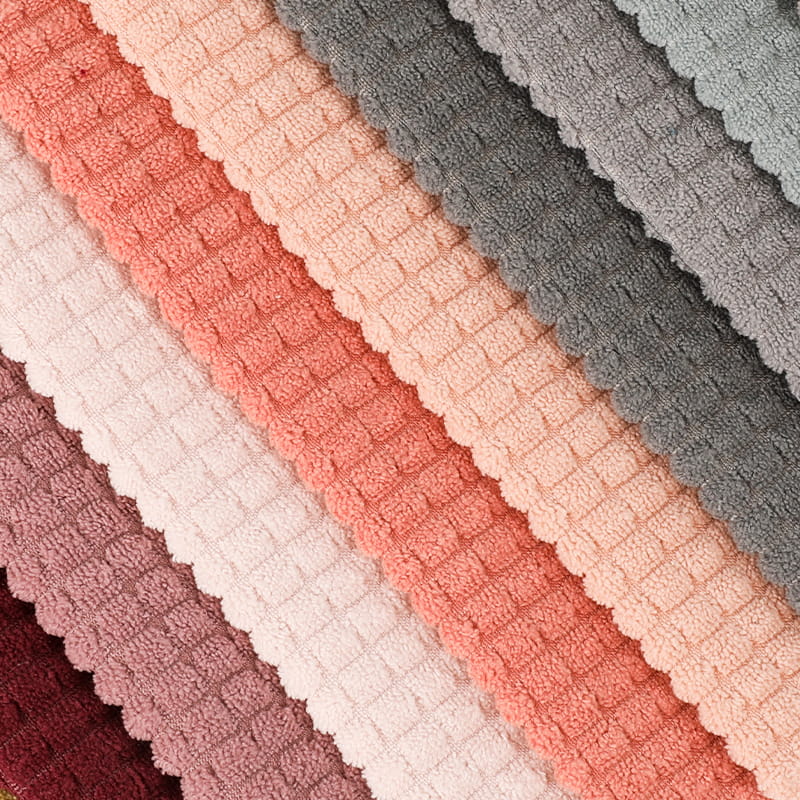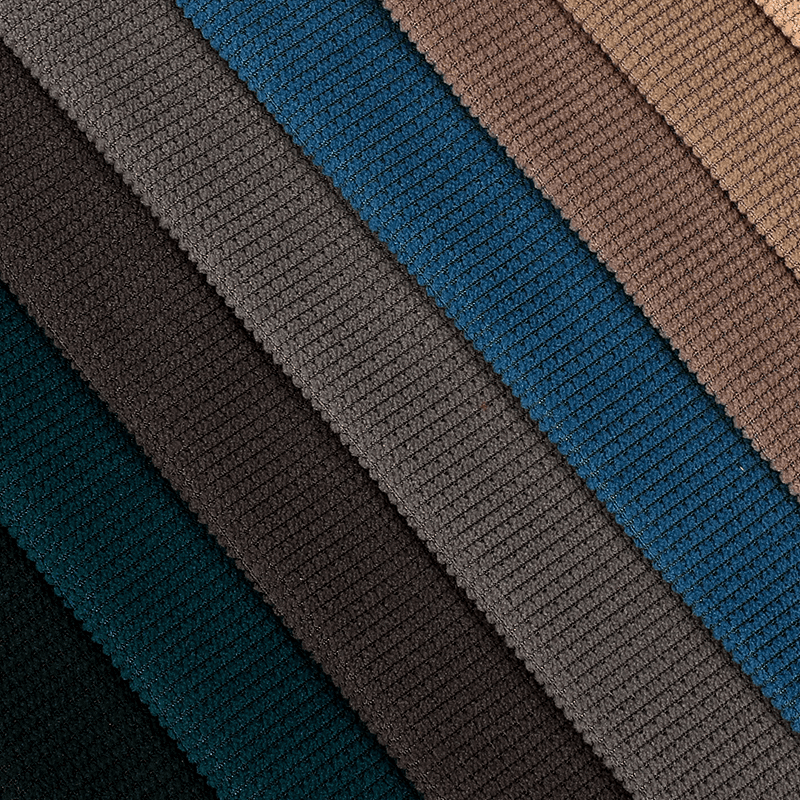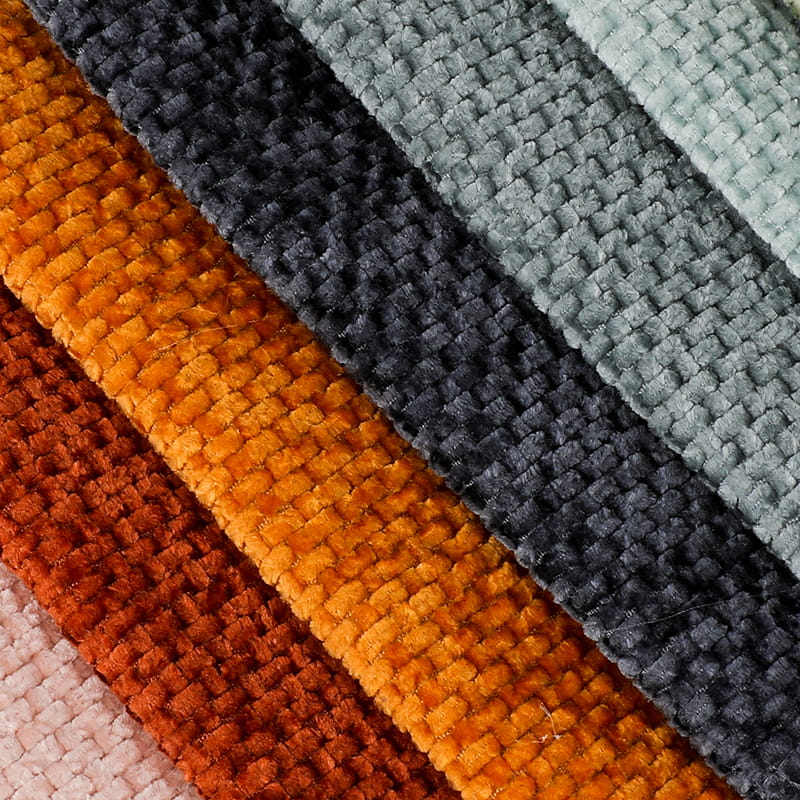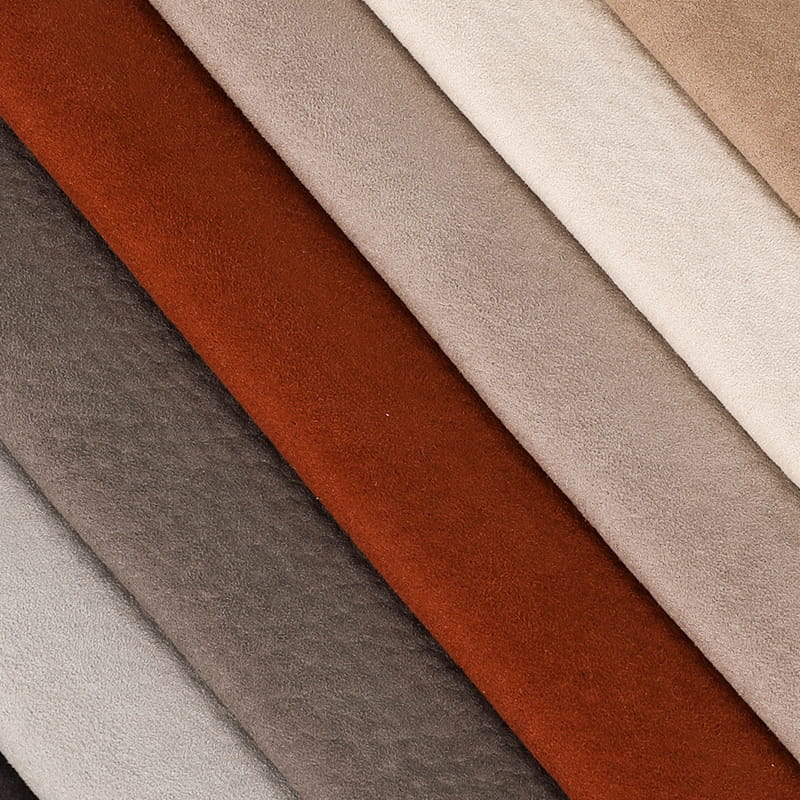As outdoor sports, functional clothing and high-performance equipment continue to evolve, Waterproof Technology Fabric is gradually becoming the focus of industry development. Whether it is a jacket, ski suit, military equipment, tents and other products, the balance between waterproofness, breathability and comfort has become the core indicator for measuring the technical level of fabrics.
1. What is waterproof technology fabric?
Waterproof technology fabric is a high-performance material that uses physical or chemical means to enable the fabric to have the ability to block water penetration. Its purpose is not only to prevent water droplets from entering, but also to keep the wearer dry and comfortable. This type of fabric is widely used in outdoor sports, urban commuting, industrial protection, medical supplies, military and police equipment and other scenarios.
2. Waterproof ≠ Water-repellent: Classification of fabric protection capabilities
In practical applications, people often confuse "waterproof" and "water-repellent", but from a functional perspective, there is an essential difference between the two:
Water-repellent: The surface of the fabric is treated with water repellent, and water droplets will form water droplets and roll down, but they may still penetrate under long-term or high-pressure conditions;
Waterproof: The fabric is treated with a composite or coating, which can effectively prevent water from passing through, has a high water pressure resistance, and is often used in severe weather environments.

Waterproof performance is usually measured by Hydrostatic Head, in mmH₂O. The general standards are as follows:
| Waterproof grade | Hydrostatic pressure value | Application scenario examples |
| 0~800mm | Weak waterproof | Everyday splash protection |
| 800~3000mm | Moderately waterproof | Mountaineering and hiking clothes |
| >3000mm | Strong waterproof | Ski suits, military equipment |
III. Mainstream waterproof technology and structural analysis
1. Multi-layer composite structure fabrics
Commonly seen in high-end jackets, the "three-layer structure" (3-layer) or "two-and-a-half-layer structure" (2.5-layer):
Outer layer: usually nylon or polyester fabric, with both strength and water repellency;
Waterproof membrane (Membrane): core waterproof layer, made of PTFE, PU, TPU and other materials;
Lining layer: enhances durability and improves wearing comfort.
2. Nano waterproof coating technology
Nano particles are used to form a dense coating on the fiber surface, making it impossible for water to penetrate but allowing gas to pass freely. This technology is particularly suitable for lightweight fabrics, has the advantage of not affecting the softness of the original fabric, and is widely used in the field of leisure and fashion.
3. PFC-Free Coating
With the advancement of environmental regulations, traditional fluorine-containing waterproofing agents (such as C8 and C6) are gradually being eliminated, and PFC-Free technology has emerged. Although it is slightly inferior in durability, it is more in line with the direction of green sustainable development and is highly praised by the European market.
IV. Future development trends: environmental protection, intelligence, and functional integration
With the upgrading of consumption, the innovation of waterproof technology fabrics is developing in the following directions:
Environmentally friendly and sustainable materials
The use of renewable polyester (rPET), bio-based TPU membranes, and plant-based waterproofing agents to reduce the burden on the environment while maintaining functionality is the direction in which major fabric manufacturers are actively investing.
Intelligent control function
Through the combination of conductive fibers and inductive coatings, the development of intelligent temperature control, waterproof color change and other functions allows fabrics to not only have physical protection, but also have interactive capabilities to adapt to a wider range of environmental changes.

Multifunctional integration
For example, realizing multiple functions such as "waterproof + windproof + UV protection + antibacterial" on a piece of fabric to adapt to composite application scenarios is a new trend in current market demand.
As a core technology sector in functional textiles, waterproof technology fabrics not only promote the development of industries such as outdoor equipment, urban fashion, and industrial protection, but also become the focus of cross-fields such as green manufacturing, smart technology, and material innovation. Future competition will not only lie in the performance indicators of the fabric itself, but also in the sustainability, system integration, and consumer experience behind the technology.



 English
English Español
Español
